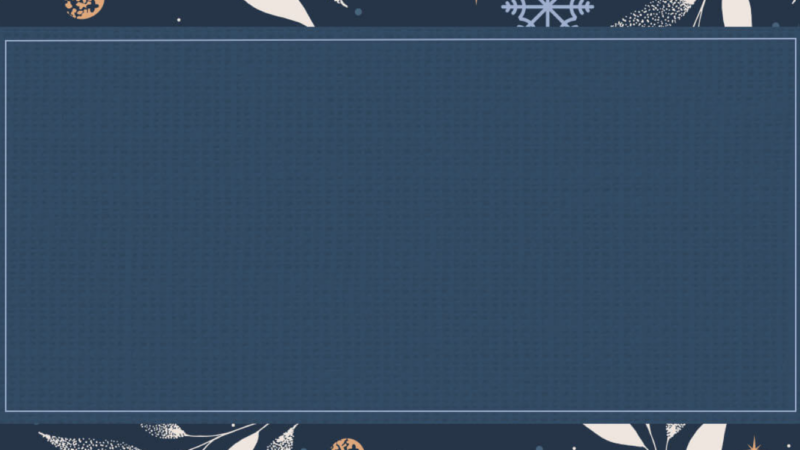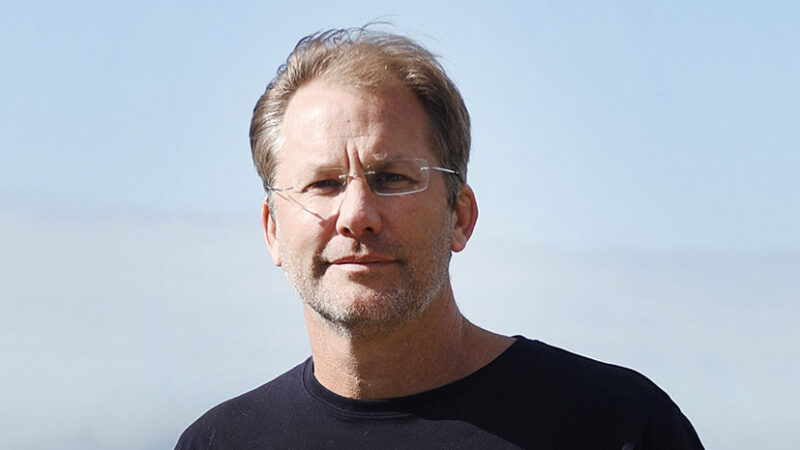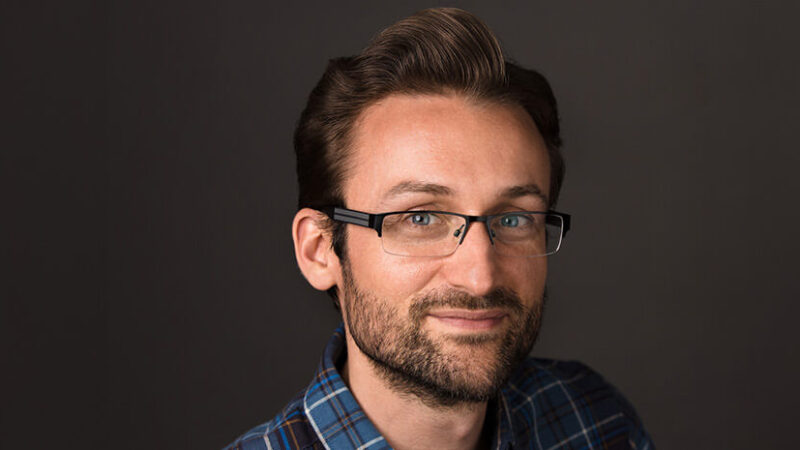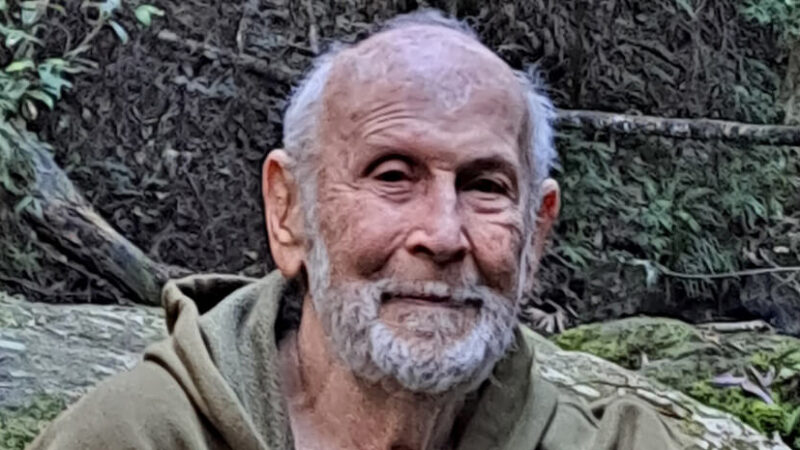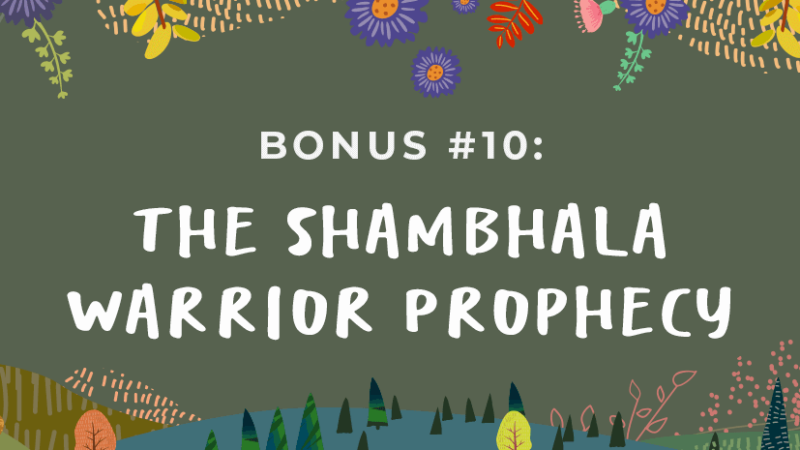Yuria Celidwen, PhD: “Flourishing Is a Gradual U...
Dr. Yuria Celidwen is at the forefront of a historic expansion in the field of contemplative science—or the study of inner practices like meditation, prayer, and mindfulness. Until recently, researchers have primarily focused on major religious traditions such as Buddhism or Christianity. Today, Dr. Celidwen is bringing the long-overdue perspective of Indigenous cultures into the discussion. In this podcast, Sounds True founder Tami Simon speaks with Dr. Celidwen about her new book, Flourishing Kin: Indigenous Wisdom for Collective Well-Being.
Tune in for this invigorating conversation exploring: Yuria’s definition of flourishing as a gradual unfolding of aesthetic arrest; cultivating an embodied sense of your interconnection with all of creation; why Indigenous perspectives are vital for solving the climate crisis; honoring spirit, the animating principle of life; a deeper understanding of health; the direct experience of “moments of truth”; sunshine as a seed of awareness; the core right of self-determination; relating to Indigeneity respectfully; the possibility of collective flourishing; and more.
Note: This episode originally aired on Sounds True One, where these special episodes of Insights at the Edge are available to watch live on video and with exclusive access to Q&As with our guests. Learn more at join.soundstrue.com.

